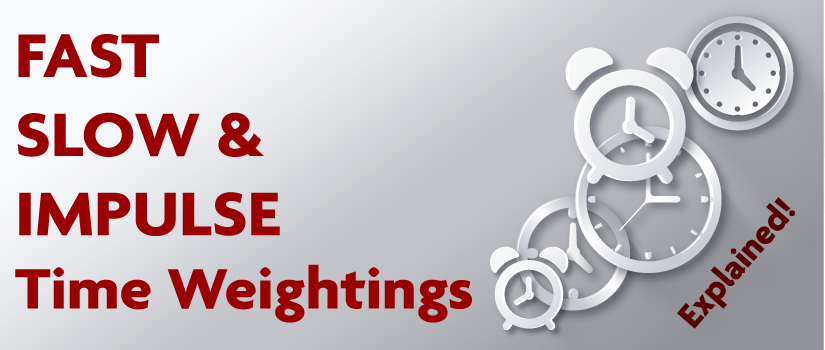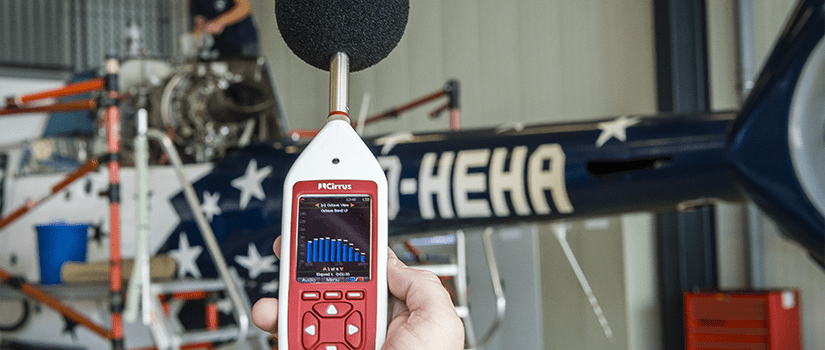LAS. LAF. LCS. LCF. These are common terms you probably see when taking a noise measurement with your sound level meter. The “F” and “S” indicate the different Time Weightings used for that measurement but what do they mean? Expand your Noise Knowledge!Signup to the NoiseNews blog for the latest article updates straight to your inbox. Email Send Message
What are Fast, Slow & Impulse Time Weightings?


